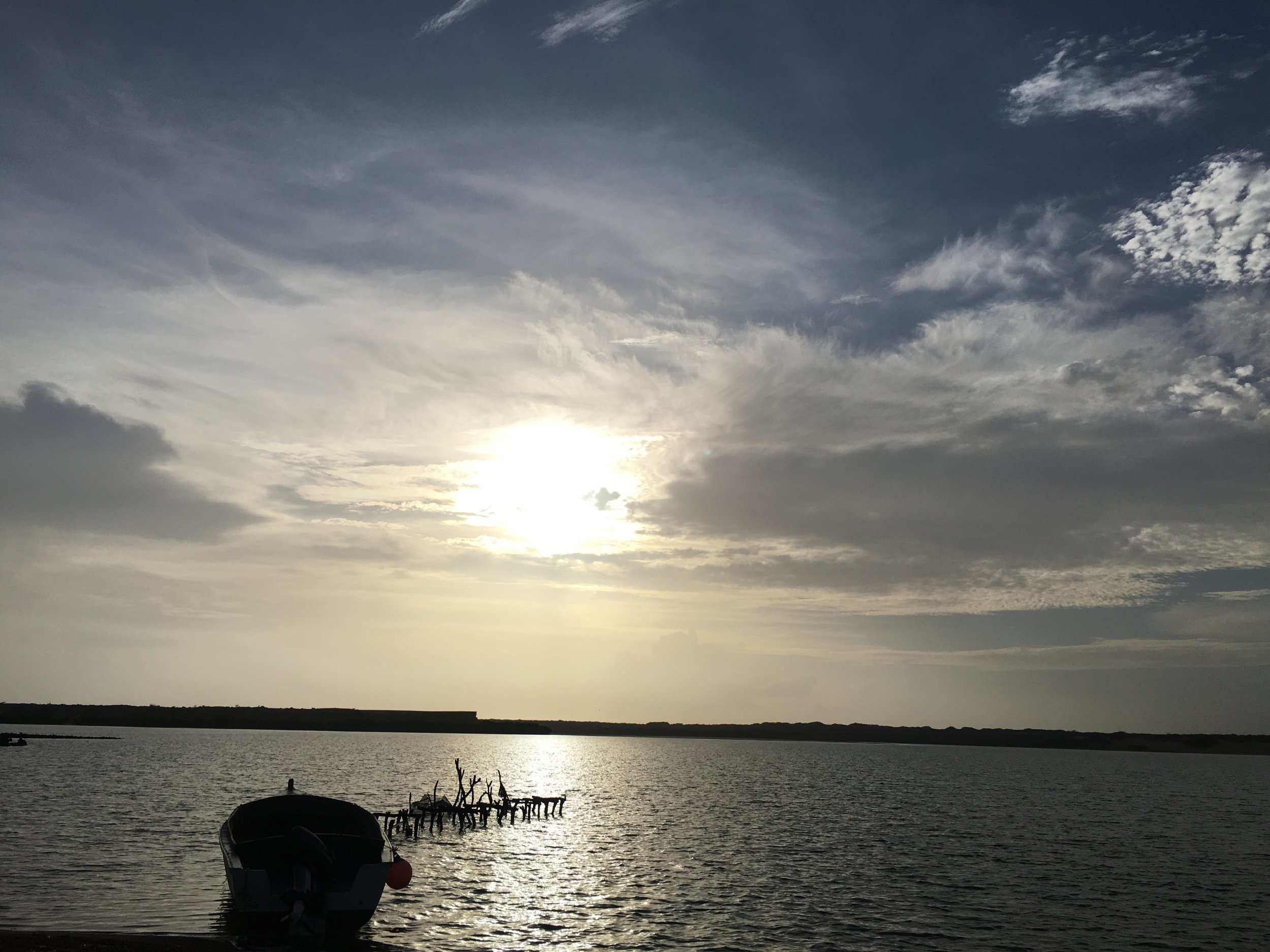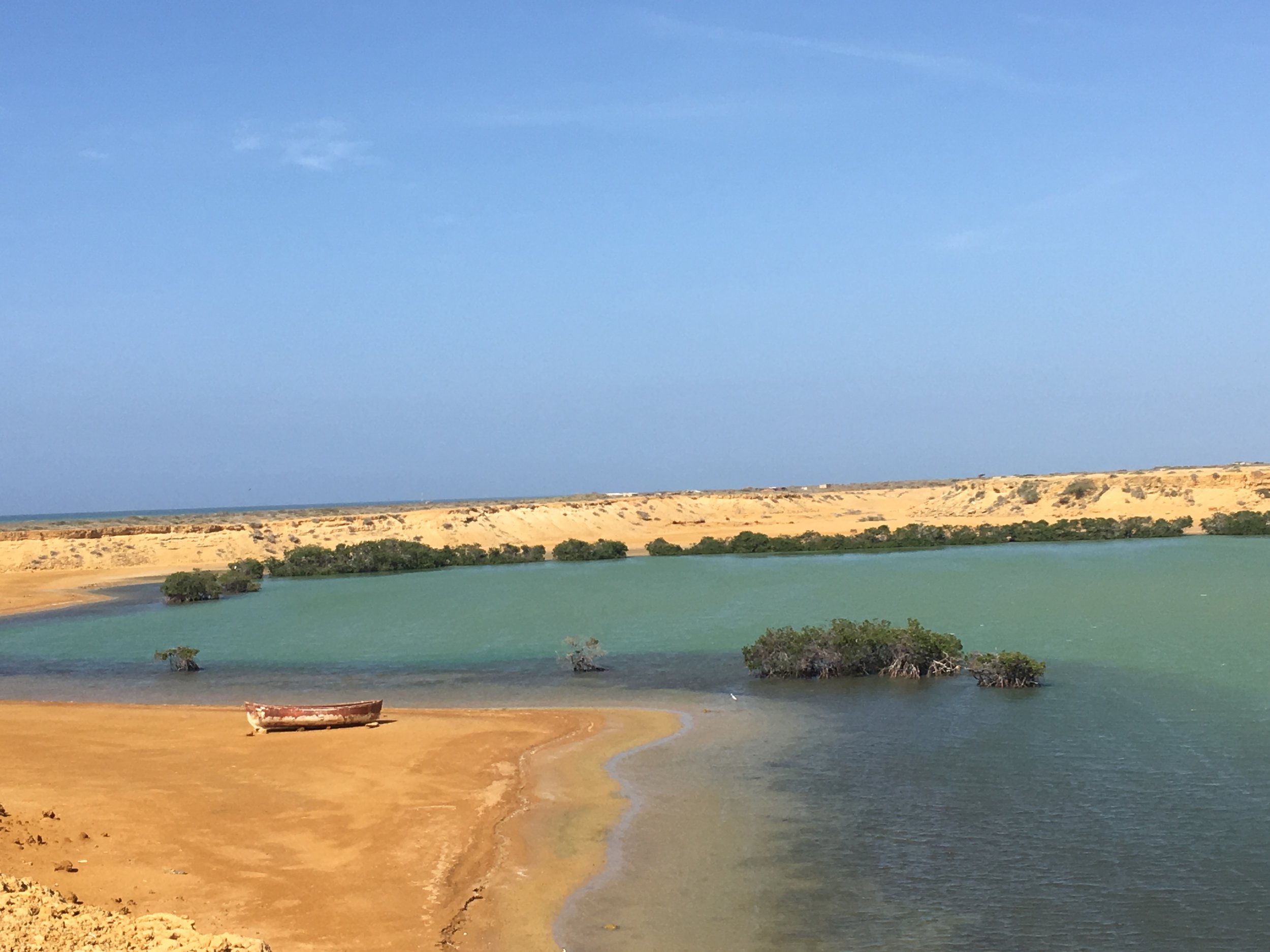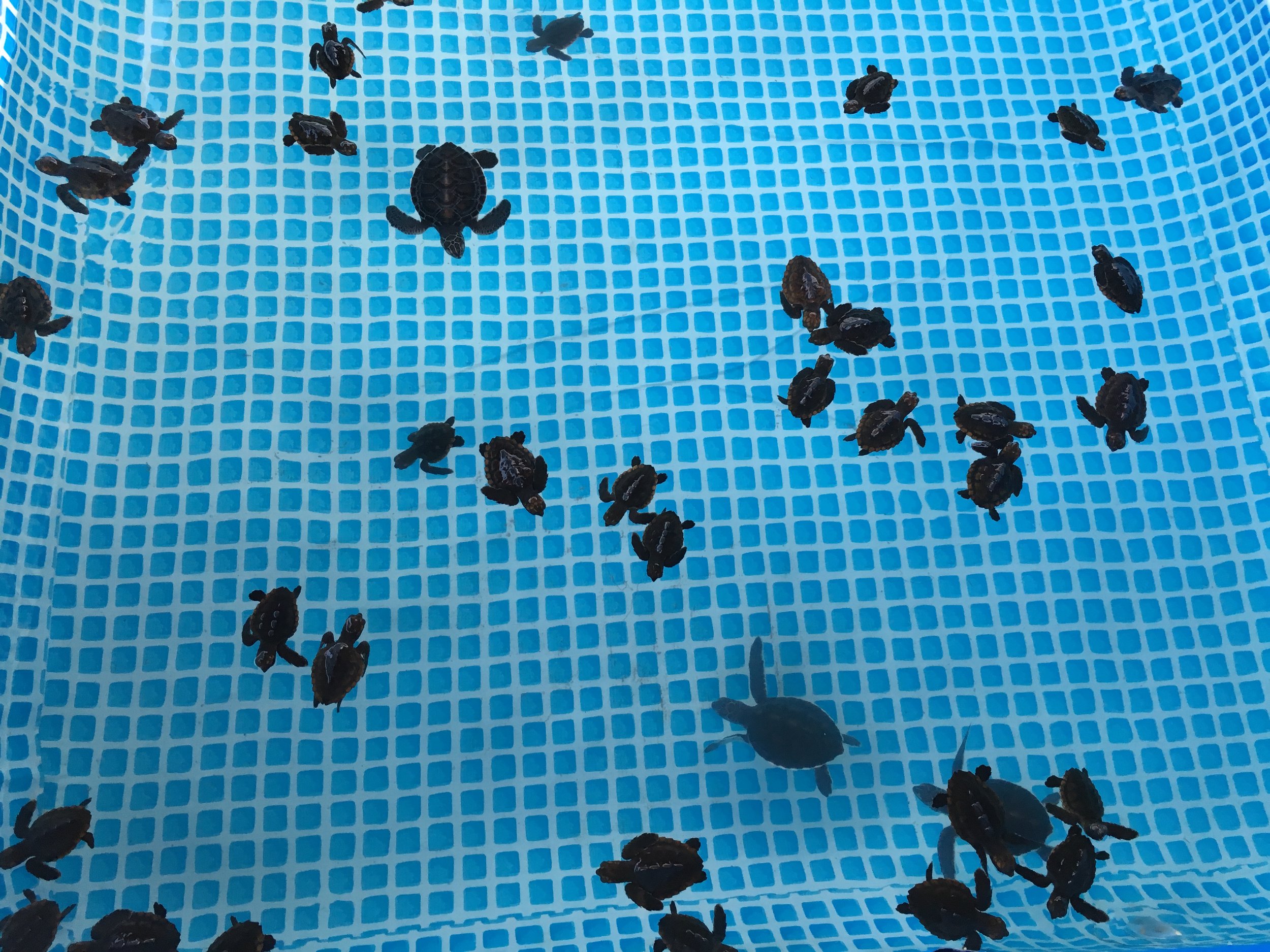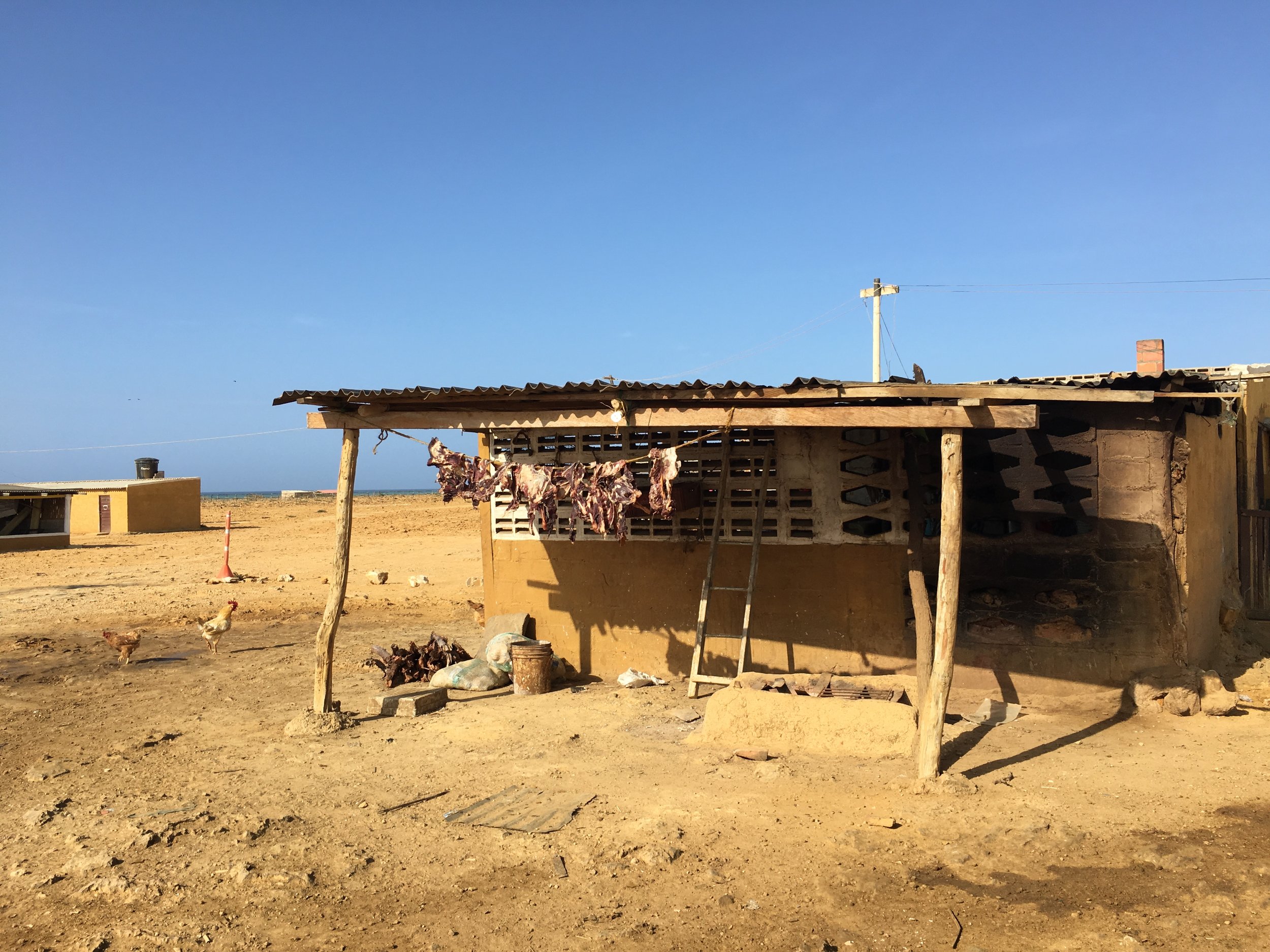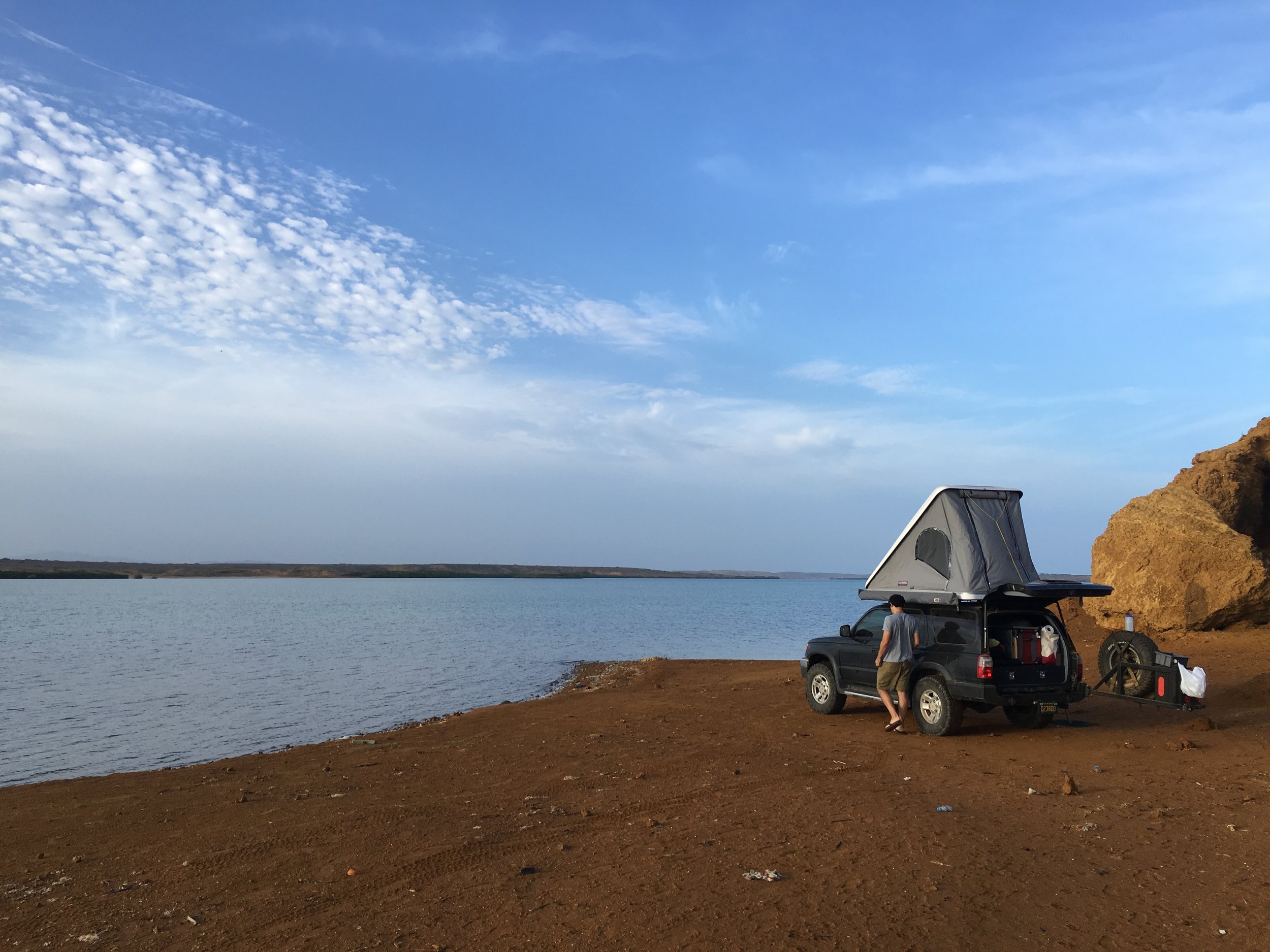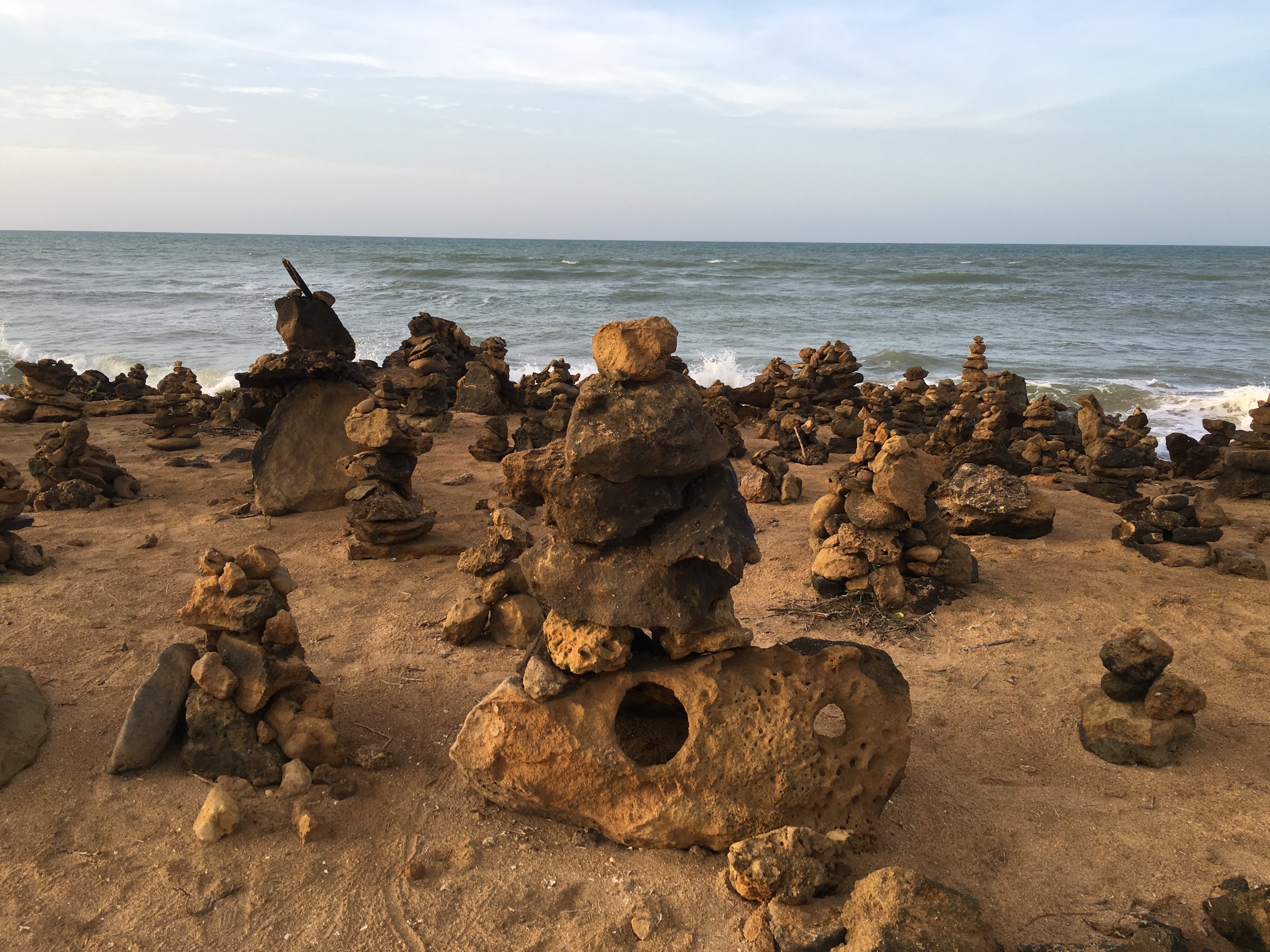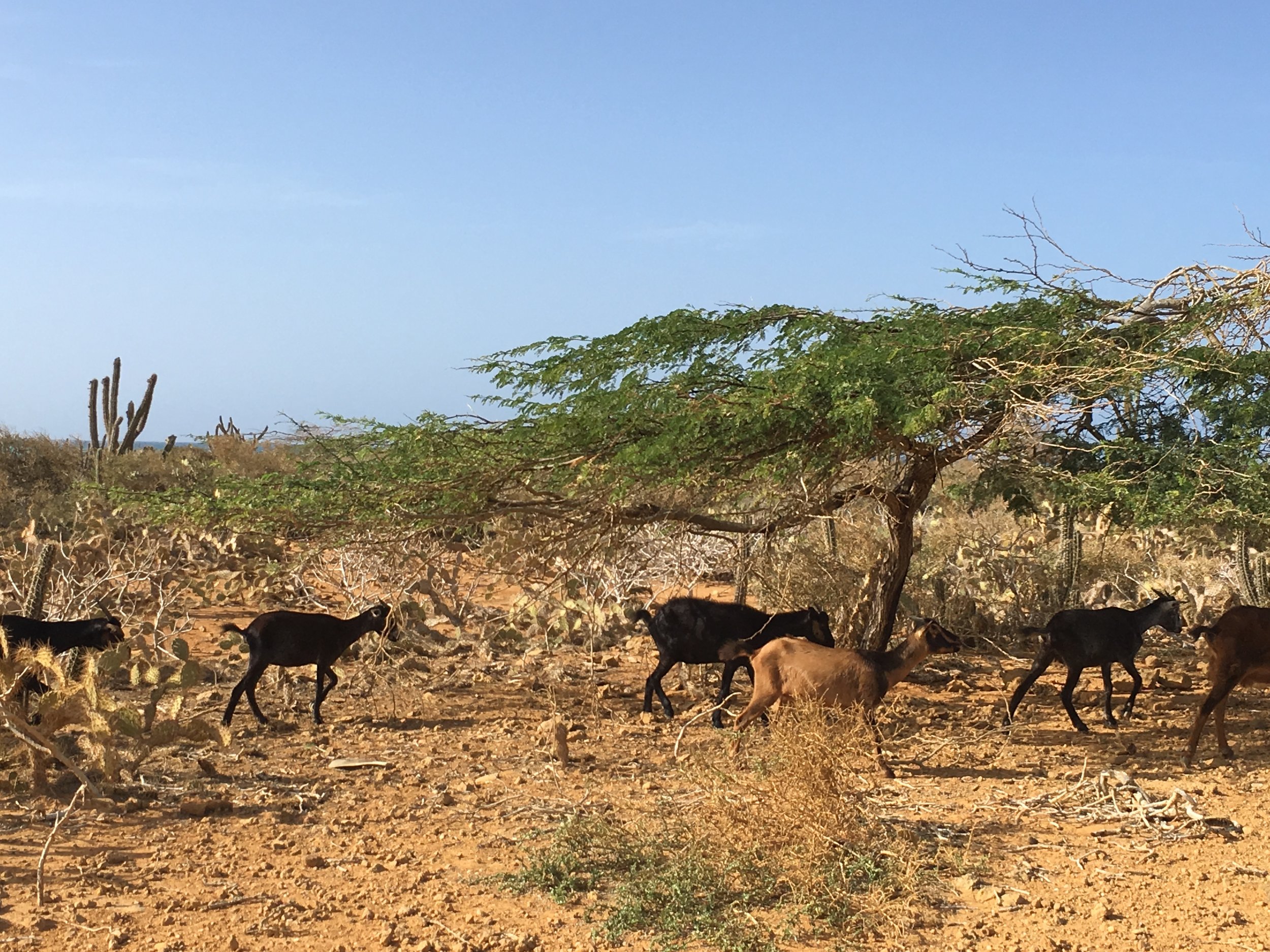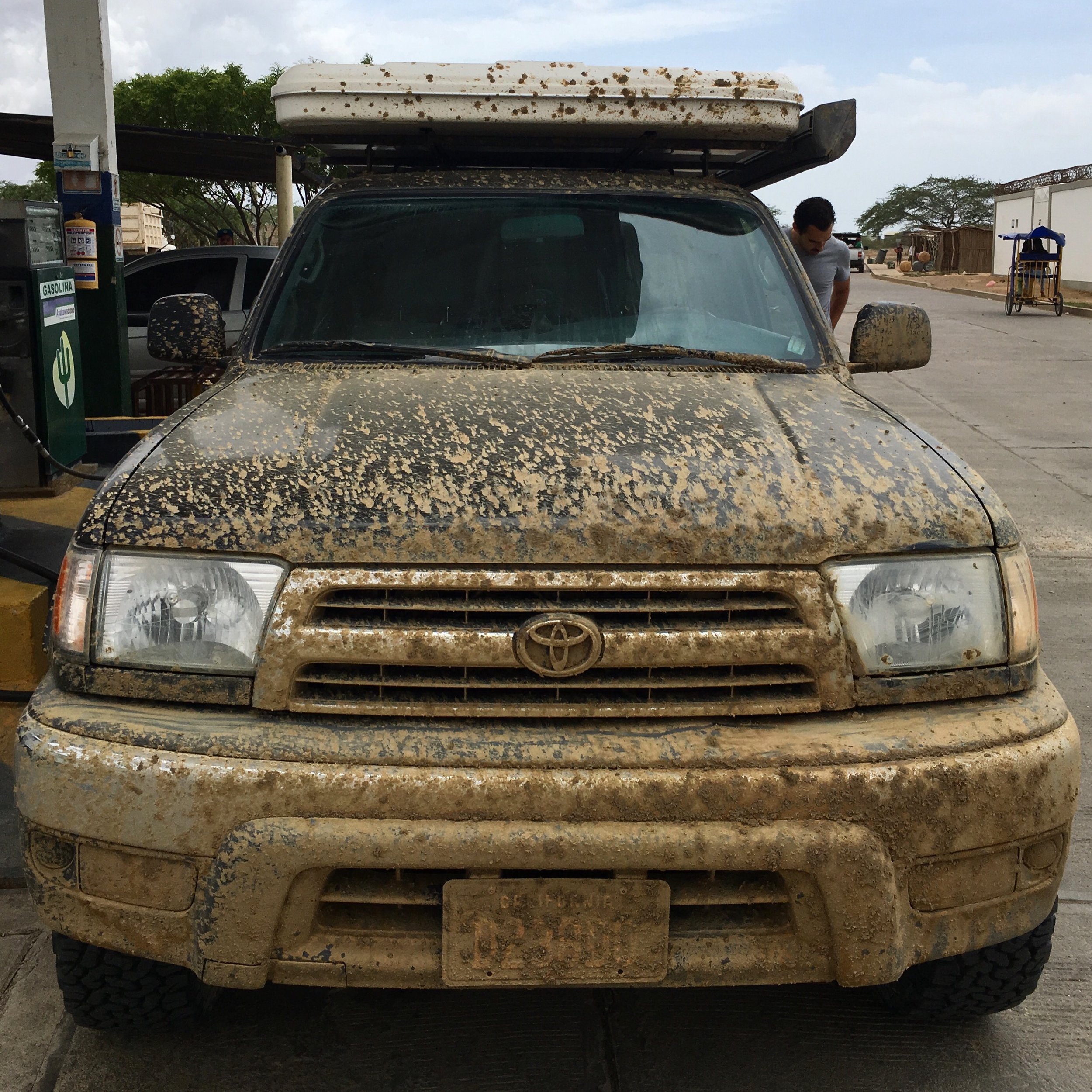On Friends and Far-Flung Places
We get asked a lot about what we miss most, or what advice we wished we gotten before we left and for me (Maggie) the answer to those two questions is linked.
I miss friends. I wish I'd known before we left that overlanding can be really lonesome.
This is not to say we haven't made friends, nor is it to say that the conversations we've struck up with other overlanders haven't been some of our best times on the trip. Both of those things are true. But it is to say that if you, like most people, find strength in community, in knowing that there are people in the world you can lean on, in building and maintaining an infrastructure then the hardest part of the lifestyle we have isn't the bugs, or the nigh indiscernible bureaucracy, or even getting stuck in the mud at 16K feet overnight.
It's isolation.
We speak Spanish at this point. Certainly well enough to get around, well enough to have friendly if unsubstantial conversations. But we don't speak it well enough to be subtle, or to be witty, and we certainly don't speak it well enough to impart or share our philosophical point of view or existential angst. And it is difficult to build a community 1.) at all 2.) on the road, and 3.) without the proper vocabulary with which to share values. So, making long-lasting friendships throughout South America has more than certainly been hobbled by our own linguistic limitations.
Additionally, we joke a lot on our podcast about "meat-bagging," or prepackaged tours, which both Adam and I abhor. But the one downside of being as single-mindedly off-the-beaten-path as we both demand, is that we experience these wonderful places alone. The trade off is that we sacrifice our chance to socialize in order to protect our independence. On the occasions that we HAVE been forced to meat-bag (in the Galapagos and Torres del Paine) we've made friends with higher frequency, simply because we were forced into social situations by sharing the same meat-bag.
Even though we are not, in fact traveling alone-- this is a "we," as I've said-- one person does not a community make. Adam and I love each other's company. That's why we got married. But we have disparate social needs (as any two humans do) that cannot be sated by each other and each other alone. Thinking it would work that way would put an awful lot of pressure on each other, and it would also likely breed resentment. Adam can't be my everything just as I can't be his. Knowing this means that, blessedly, we can be frank about our own loneliness. But it does not solve the problem of being lonely.
Worth noting as well is a hurdle I have that Adam doesn't, which is depression. I had heard before I left-- of course-- that one cannot outrun depression, and I believed it as vaguely good but irrelevant advice. However, it's been exactly true. And without my normal support structure of friends and family around, I was even more keenly aware of it than I am at home.
OMG FRIENDS, FRIENDS IN ARGENTINA OMG
Fortunately, we have had friends and family come and visit on us on the road. Each of these times-- with Jon in Colombia, my father and his girlfriend in Peru, my mother and stepdad in Chile and most recently, Nick and Rebecca in Argentina-- has served to bolster my spirits more than I can accurately express. Each time has afforded an opportunity to have more complex and substantial conversations, and each has rounded off the sharp edges that loneliness has carved in my heart.
Though, in this sentiment, "fortunately" is likely the most apt word. All those who came to visit were able to afford to do so. So while I'd love to say the best way to combat loneliness is to help your friends and family plan trips to see you and share in your adventure, it'd be a suggestion shrouded in so much privilege as to render it almost entirely useless.
The more accurate advice would probably be this:
Overlanding can be lonely. Before you leave, you should as yourself: are you willing to pursue a life with a more-than-average amount of isolation for the prize of an adventure?


